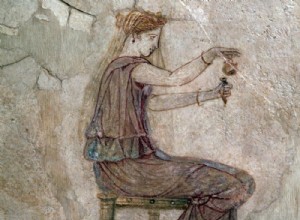8 statues representing Sekhmet, the goddess with the body of a woman and the head of a lioness have just been unearthed in the temple of Pharaoh Amenhotep III Ancient statue of the goddess Sekhmet discovered in Luxor (Thebes) in the temple of millions of years of Amenhotep III. It is said that fro




